Foreword
From Neil Campbell, recovery advocate
Recovery happens in communities where people access services, supports and relationships that support them. This simple notion is at the heart of what makes Recovery Community Organizations powerful centers of collective impact. RCOs, at their core, reflect the strengths of a particular community and offer a place where individuals can reclaim their identities as valued members. Achieving the goal of a sustainable, healthy RCO requires new and improved partnerships, refined strategies of collaboration and the engagement of recovering people to work together in intentional ways.
Fundamental to the development of RCOs is organizing and mobilizing local recovery voices who are committed to the development of a continuum of community-based, peer-led support services that can unify us toward a common purpose—to provide more opportunities outside of formal treatment delivery systems for people to get and stay well. A cross-representational group committed to common recovery values and the development of RCOs can:
- Develop a unified vision of recovery in a particular community; develop a strategic plan for implementing a Recovery-Oriented System of Care (ROSC);
- Empower communities to develop their own, local ROSC based on strengths;
- Ensure diverse representation inclusive of urban, suburban and rural areas of the state, and inclusive of racial, cultural, linguistic, age, gender differences;
- Create a meaningful template for initiating, building and sustaining local RCOs; and
- Develop funding priorities that are articulated to state leaders and supported through direct state legislative appropriations.
External forces can be focused on providing services rather than empowering individuals to develop a strong sense of healing community that will support their recovery. Though there are many states and jurisdictions operating peer-led RCOs across the country, the supports that will prove to be sustainable are those organically created from the hope of recovery. The way that RCOs are created matters. Grassroots involvement matters. It’s essential that an effort to grow and sustain RCOs includes:
- The cultivation of local recovery leadership.
- Community listening sessions that focus on strengths and local recovery capital.
- Planning and execution of a Recovery Symposium to demonstrate that members of the community can collaborate in a successful way.
- Conducting intentional community visioning sessions with action steps to create and operate a local RCO.
- Ongoing technical assistance and support from the statewide RCO, state recovery support office, or federal recovery support specialists.
Through the development and meaningful engagement of recovery voices and our allies, people have openly expressed support for their friends, families, and neighbors in recovery. People in recovery have forged new relationships in communities with allies, professional helpers, and people on various pathways to recovery. The faith community, the 12-step community, first responders, harm reductionists, the justice system, law enforcement, healthcare, grieving families, and many others continue to show up, to provide support for what they see as an opportunity to make a meaningful difference in the lives of others and offer a setting where recovery is honored.
The peer recovery support movement across the country continues to grow in robust, meaningful, and sustainable ways. Many of the relationships made that are based on local community strengths have evolved into lasting collaborative efforts, i.e., RCOs, that provide access for people seeking or in recovery. Through hard work and focus, intentionality, and recovery leadership, recovery resources are thriving. RCOs can fundamentally reconstruct the way quality services for sustained recovery are delivered as they provide comprehensive and compassionate community support. Now is the time to step up the efforts, share what we know, rely on each other, and restore hope. This Guidebook provides a valuable roadmap.


